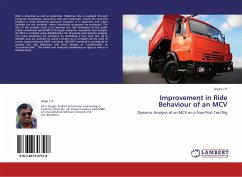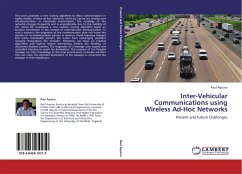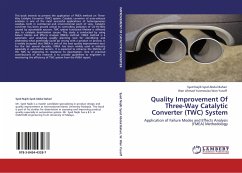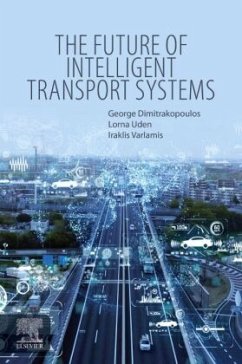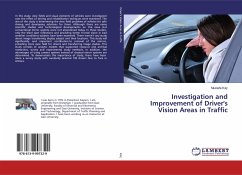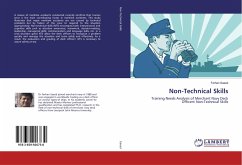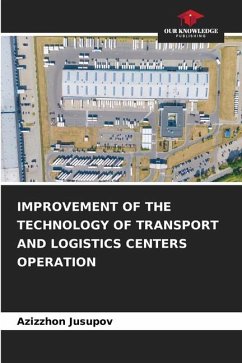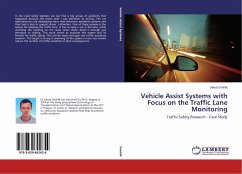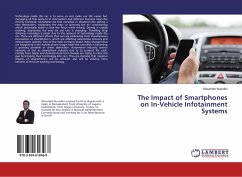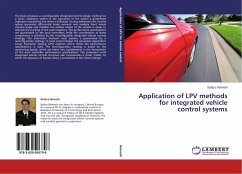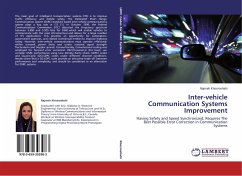
Inter-vehicle Communication Systems Improvement
Having Safety and Speed Synchronized, Requires The Best Possible Error Correction in Communication Systems
Versandkostenfrei!
Versandfertig in 6-10 Tagen
36,99 €
inkl. MwSt.

PAYBACK Punkte
18 °P sammeln!
The main goal of intelligent transportation systems (ITS) is to improve traffic efficiency and mobile safety. The Dedicated Short Range Communication system (DSRC) standard based inter-vehicle communications system plays a key role in ITS [1]. In October 1999, the Federal Communications Commission (FCC) allocated the frequency spectrum between 5.850 and 5.925 GHz for DSRC,which will enable vehicles to communicate with the road infrastructure,and allows for a large number of ITS applications. This provides an opportunity for automakers, government agencies, and related commercial entities to im...
The main goal of intelligent transportation systems (ITS) is to improve traffic efficiency and mobile safety. The Dedicated Short Range Communication system (DSRC) standard based inter-vehicle communications system plays a key role in ITS [1]. In October 1999, the Federal Communications Commission (FCC) allocated the frequency spectrum between 5.850 and 5.925 GHz for DSRC,which will enable vehicles to communicate with the road infrastructure,and allows for a large number of ITS applications. This provides an opportunity for automakers, government agencies, and related commercial entities to improve highway safety. However, inter-vehicle communications must operate effectively within transmit power limits and under received signal strength uctuations and Doppler spread. Conventionally, Convolutional coding was employed for forward error correction (FEC);however,in this book, we consider DSRC performance using Low Density Parity Check (LDPC) codes and Quasi-Cyclic (QC)-LDPC codes under different channel conditions. Results show that a QC-LDPC code provide an attractive trade off between performance and complexity, and should be considered as an alternative for DSRC systems.



